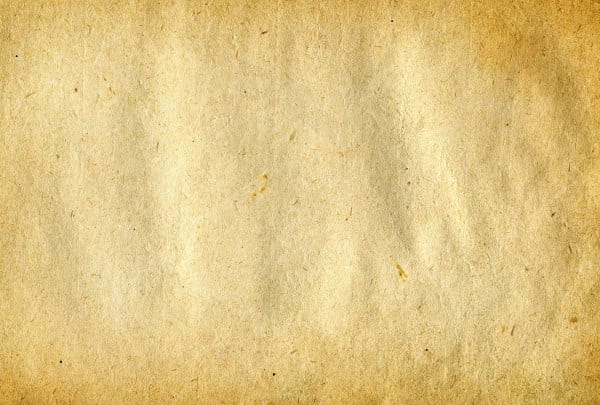Köbner (Koebner) phenomenon
Description
Köbner (Koebner) phenomenon – the appearance of isomorphic lesions following local trauma in skin areas that were not previously involved with the skin condition. That is, when patients with a cutaneous disease are stressed by exgternal cutaneous stimuli such as burns, lacerations or surgical incisions, they will develop lesions of the same kind as their cutaneous disease (isomorphic). Initially described in patients with psoriasis
History
1872 – Köbner first presented the phenomenon at a meeting of the Silesian Society for National Culture. His initial observations and studies of the phenomenon resulted from having seen patients who had developed psoriasis at sites of excoriations, horse bites, and tattoos.
Five and six years after the appearance of the initial isolated plaque, various traumas at far removed portions of the body resulted in psoriatic lesions in exactly the areas of trauma…the traumata were excoriations after horseback riding, suppuration after lymphadenitis, horse bite, and tattoo. The bite by the horse resulted in the most extensive lesions. That the lesions were localized strictly in the dots and lines of artificial injury was best seen in the letters and figures of the tattoo which had been applied a few weeks before I saw the patient.‘ Köbner 1872
1876 – Köbner published his description of the isomorphic phenomenon: the appearance of psoriatic lesions in uninvolved skin of psoriatic patients as a consequence of trauma [1876;8:559-561]
Associated Persons
- Heinrich Köbner (1838-1904)
Alternative names
- Koebner response
- Isomorphic response
Controversies
Verbification and neologisms: Various grammatical forms of the Köbner phenomenon have been applied in dermatology
- Skin conditions which are able to Koebnerize undergo Koebnerization when they classically demonstrate the reaction/phenomenon in response to trauma. The three primary conditions are psoriasis, lichen planus, and vitiligo
- Pseudo-Koebner phenomenon – the spread of a cutaneous dermatosis by infective agents in a traumatized area e.g. molluscum contagiosum, pyoderma gangrenosum or verrucae.
- Reverse Köbner phenomenon – the disappearance of a skin lesion after trauma to the area
- Renbök phenomenon (Köbner spelled backward BUT NOT a reverse Köbner phenomenon) – the disappearance of a dermatosis after the onset of a new disease at the same location. For example patients with alopecia areata and universalis demonstrated re-epilation after the appearance of psoriasiform plaques at the same site. Proposed by R Happle in 1991.
- Pathergy – altered tissue reactivity in response to trauma with the formation of papules or pustules
- Wolf isotopic response – the emergence of new lesions in the exact place of previous healed lesions not necessarily due to trauma. First proposed Wolf 1995
References
- Köbner H. Zur aetiologie der psoriasis. Vierteljahrsschrift für Dermatologie und Syphilis 1876;8:559-561
- Boyd AS, Neldner KH. The isomorphic response of Koebner. Int J Dermatol. 1990 Jul-Aug;29(6):401-10. [PMID 2204607]
- Rubin AI, Stiller MJ. A Listing of Skin Conditions Exhibiting the Koebner and Pseudo-Koebner Phenomena with Eliciting Stimuli. J Cutan Med Surg. 2002 Jan-Feb;6(1):29-34. [PMID 11896422]
- Miller RA. The Koebner phenomenon. Int J Dermatol 1982;21:192–197
- Camargo CM, Brotas AM, Ramos-e-Silva M, Carneiro S. Isomorphic phenomenon of Koebner: facts and controversies. Clin Dermatol. 2013 Nov-Dec;31(6):741-9. [PMID 24160280]
- Happle R, Van Der Steen P, Perret C. The Renbök phenomenon: An inverse Köebner reaction observed in alopecia areata. Eur J Dermatol. 1991;1:39–40.
- Wolf R, Brenner S, Ruocco V, Filioli FG. Isotopic response. Int J Dermatol. 1995 May;34(5):341-8. [PMID 7607796]

eponymictionary
medical etymology
